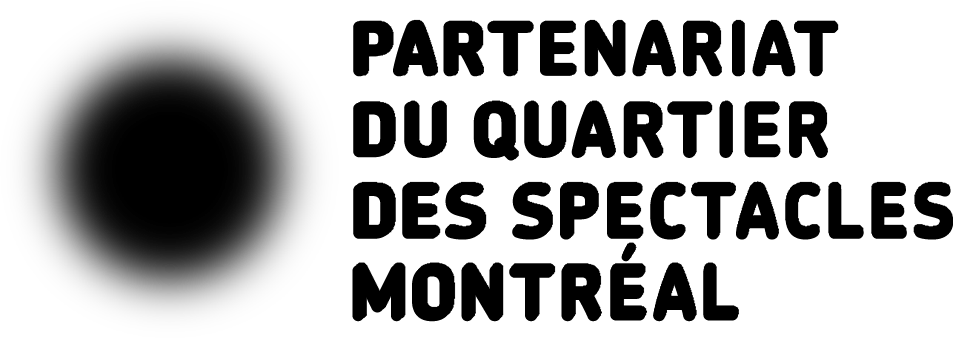The aesthetic approach of Creation Destruction seems to be informed by the world of the pandemic. How did it affect the creative process?
When the pandemic began, I had already completed two full creative cycles with the performers. At that time, the piece was very different to what it is now: the dancers were almost always in close contact with each other, they were assembling structures…
After the pandemic began, we did our rehearsals online. From the process that had already begun, I retained the choreographic elements that would make it possible to maintain a safe distance and abandoned the parts that involved handling objects. The video work by United Visual Artists was also influenced by experiencing the creative process online, since it reflects our tendency to focus attention on the faces and hands of the people we’re speaking to on screen.
During the summer of 2020, we started rehearsing outdoors. While Creation Destruction was originally conceived as an outdoor piece, my initial intention was to do the preliminary work in the studio. Developing the piece outdoors was such an eye-opener! We were dancing on concrete, on grass, on uneven surfaces… The performance style had to be adapted to terrain of all kinds. Taking inspiration from the work of choreographer Yvonne Rainer, I used daily gestures like walking, running, sitting, and standing up as a starting point.
Creating this piece outside, in an uncircumscribed space, led to it growing and growing in scope. The spirals traced by the dancers could expand outward indefinitely to the sound of the music.
A creative process that was heavily influenced by lockdown has produced something that is anything but locked down, including the music.
The music contributes a lot toward making it a visceral experience. While the sound of Godspeed You! Black Emperor tends to be characterized by crescendos that ultimately fall apart, I asked the four band members involved in Creation Destruction to compose a soundtrack that would evoke a spiral expanding outward from the centre, like the performance. The string players and singers who join the band on stage help to create an impression of total freedom.
After first being performed next to Lake Ontario at Toronto’s Luminato Festival in 2022, Creation Destruction will be presented on the Esplanade Tranquille at FTA. How will this space inform the piece?
The Esplanade Tranquille is a very urban site, surrounded by tall buildings. The audience will still experience some of the same sensations as at Lake Ontario—the changing light, the sky overhead, the breeze on your skin. Creation Destruction was also intended to be performed at dusk. The audience will be seated in a way that allows them to contemplate the sunset looming behind the installation and the performers. And when night falls, the surrounding lights will complement the pixels on the screen.
This is your second collaboration with United Visual Artists (UVA). What do you have in common with them?
UVA and I share a minimalist approach, a tendency to remove whatever is superfluous from our work. At the beginning, the video work was very representational, but it became more and more abstract throughout the creative process. This simplicity can also be seen in the choreographic vocabulary, which is restricted to around 30 gestures. This stripped-down aesthetic offers a meditative experience that’s transmitted kinetically to the bodies of the spectators.
You have said that choreographic works are living entities in constant transformation… What would you say about the theme of Creation Destruction today?
For both the performers and me, one of our sources of inspiration was A Paradise Built in Hell, a book by the American feminist and environmentalist Rebecca Solnit. This book highlights communities that arise during disasters, along with the generosity, co-operation, and caring that emerge in those moments of transformation.
Creation Destruction deals with the thin line between creating and destroying. We humans are capable of both. The piece is a prism through which you can face the emotions generated by the fact that we’re destroying the world and nevertheless feel hope. In fact, creativity and collective action can help us reverse our current course. The piece develops a dialogue between the feeling of vulnerability and the process of becoming environmentally aware. It’s a call to care.










